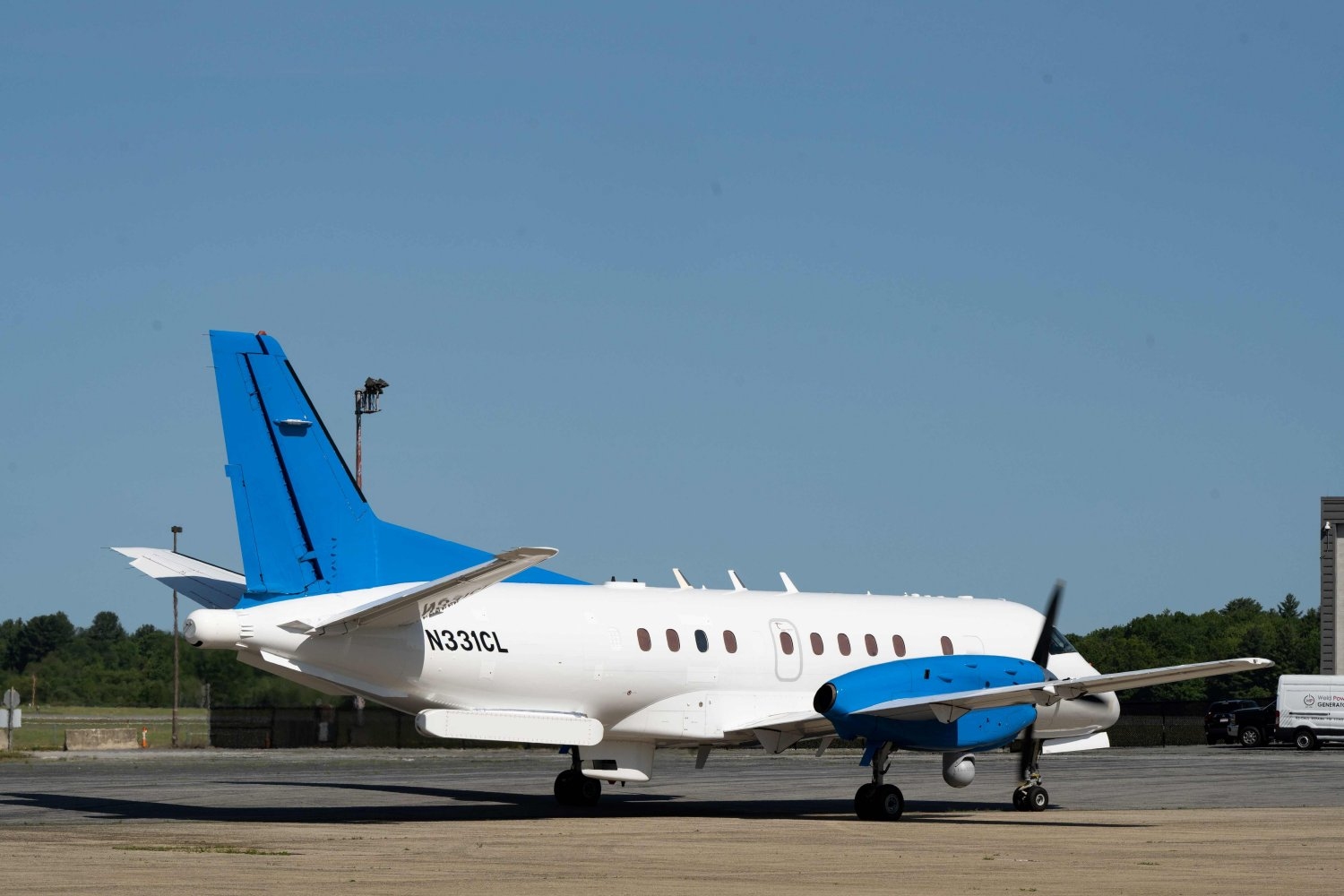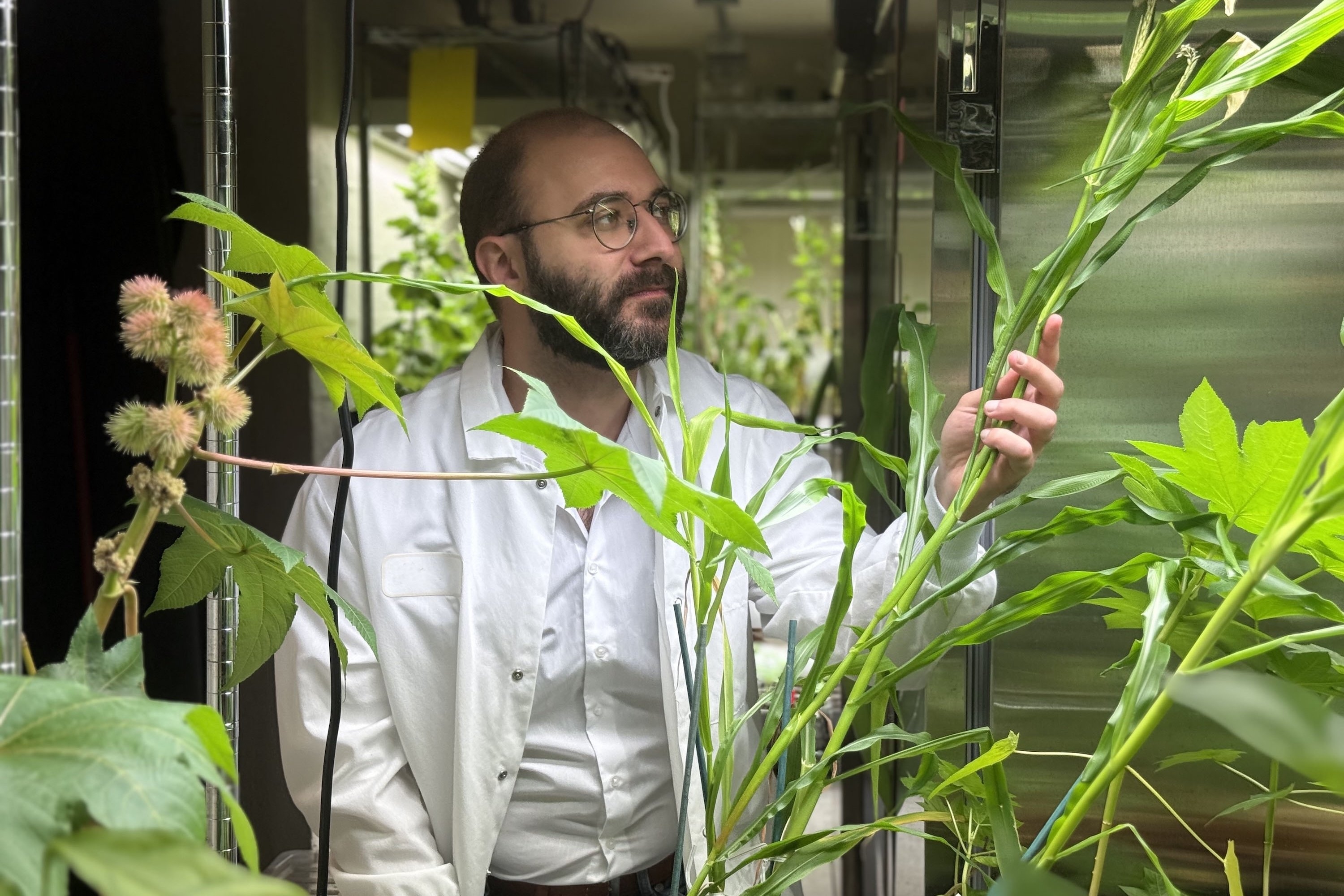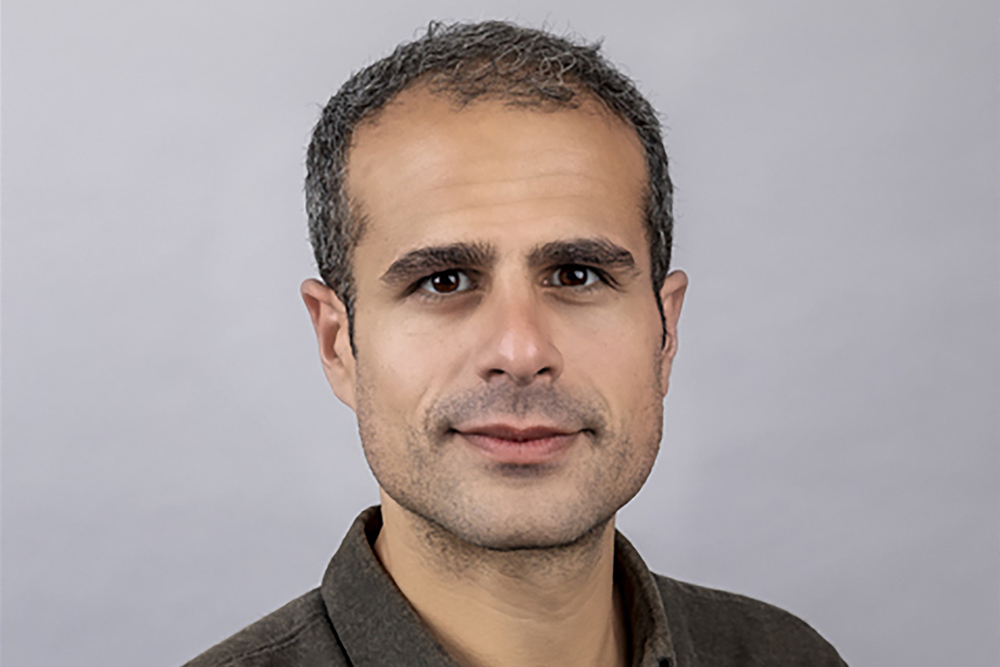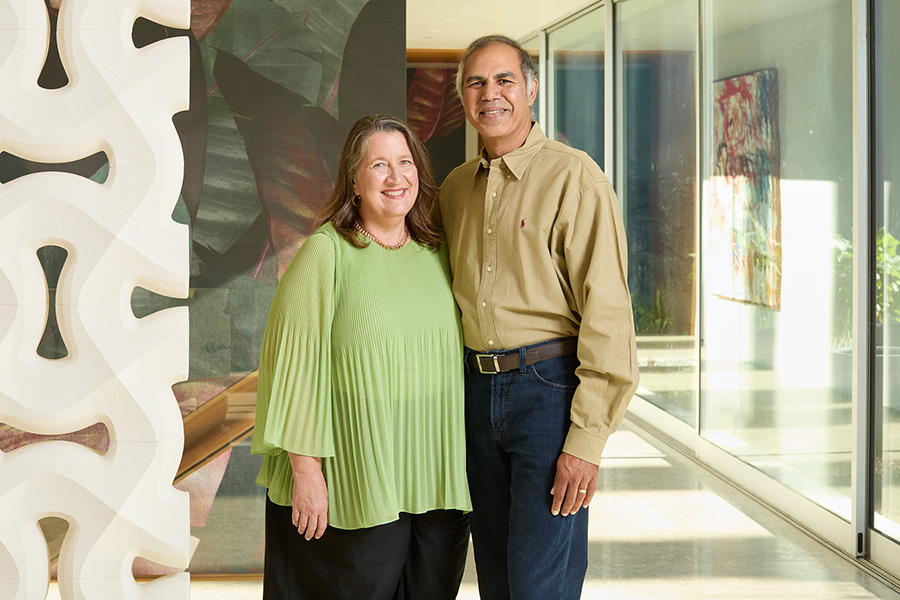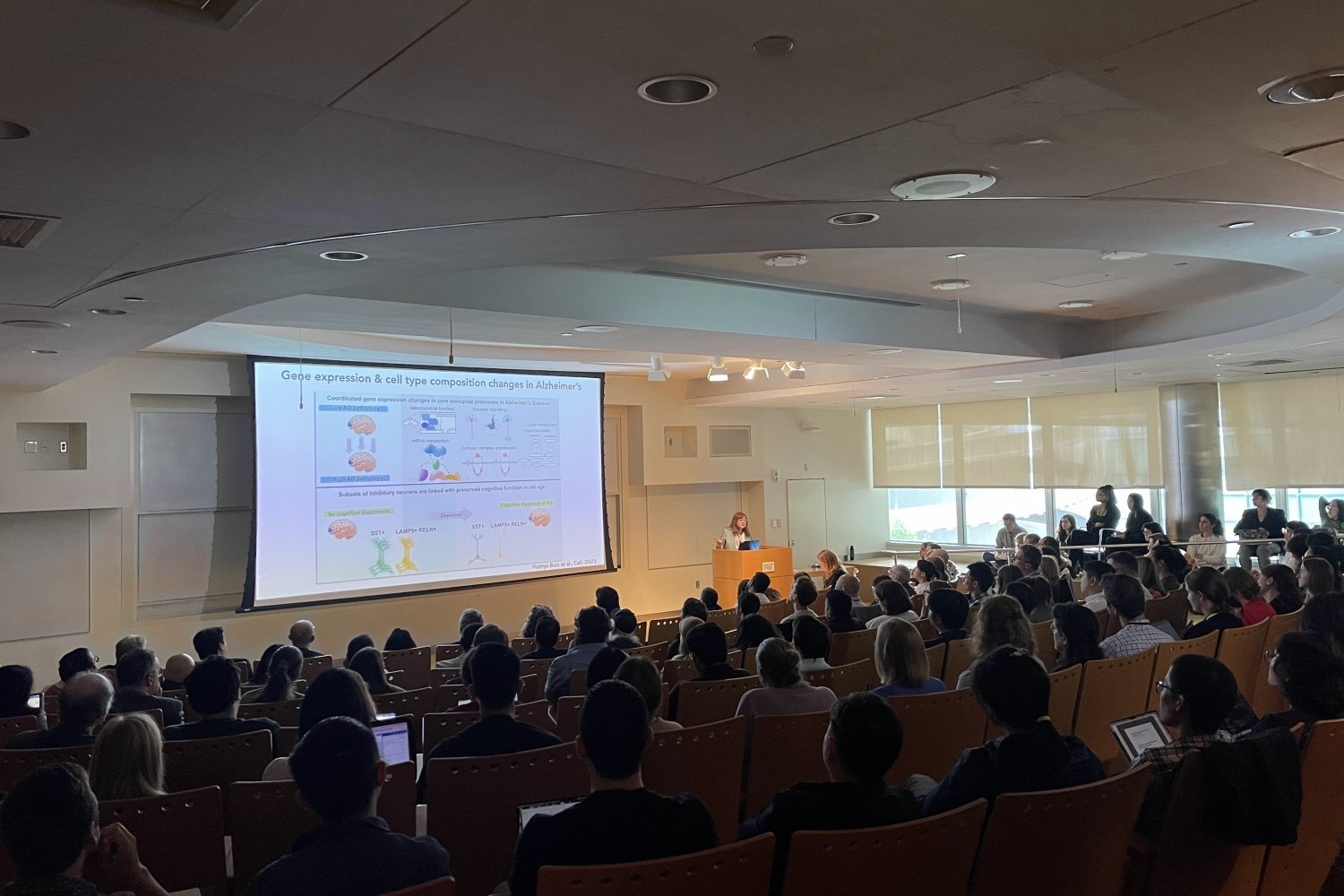Saab 340 becomes permanent flight-test asset at Lincoln Laboratory
A Saab 340 aircraft recently became a permanent fixture of the fleet at the MIT Lincoln Laboratory Flight Test Facility, which supports R&D programs across the lab.
Over the past five years, the facility leased and operated the twin-engine turboprop, once commercially used for the regional transport of passengers and cargo. During this time, staff modified the aircraft with a suite of radar, sensing, and communications capabilities. Transitioning the aircraft from a leased to a government-owned asset retains the aircraft's capabilities for present and future R&D in support of national security and reduces costs for Lincoln Laboratory sponsors.
With the acquisition of the Saab, the Flight Test Facility currently maintains five government-owned aircraft — including three Gulfstream IVs and a Cessna 206 — as well as a leased Twin Otter, all housed on Hanscom Air Force Base, just over a mile from the laboratory's main campus.
"Of all our aircraft, the Saab is the most multi-mission-capable," says David Culbertson, manager of the Flight Test Facility. "It's highly versatile and adaptable, like a Swiss Army knife. Researchers from across the laboratory have conducted flight tests on the Saab to develop all kinds of technologies for national security."
For example, the Saab was modified to host the Airborne Radar Testbed (ARTB), a high-performance radar system based on a computer-controlled array of antennas that can be electronically steered (instead of physically moved) in different directions. With the ARTB, researchers have matured innovative radio-frequency technology; prototyped advanced system concepts; and demonstrated concepts of operation for intelligence, surveillance, and reconnaissance (ISR) missions. With its open-architecture design and compliance with open standards, the ARTB can easily be reconfigured to suit specific R&D needs.
"The Saab has enabled us to rapidly prototype and mature the complex system-of-systems solutions needed to realize critical warfighter capabilities," says Ramu Bhagavatula, an assistant leader of the laboratory's Embedded and Open Systems Group. "Recently, the Saab participated in a major national exercise as a surrogate multi-INT [intelligence] ISR platform. We demonstrated machine-to-machine cueing of our multi-INT payload to automatically recognize targets designated by an operational U.S. Air Force platform. The Saab's flexibility was key to integrating diverse technologies to develop this important capability."
In anticipation of the expiration of the Saab's lease, the Flight Test Facility and Financial Services Department conducted an extensive analysis of alternatives. Comparing the operational effectiveness, suitability, and life-cycle cost of various options, this analysis determined that the optimal solution for the laboratory and the government was to purchase the aircraft.
"Having the Saab in our permanent inventory allows research groups from across the laboratory to continuously leverage each other's test beds and expertise," says Linda McCabe, a project manager in the laboratory's Communication Networks and Analysis Group. "In addition, we can invest in long-term infrastructure updates that will benefit a wide range of users. For instance, my group helped obtain authorizations from various agencies to equip the Saab with Link 16, a secure communications network used by NATO and its allies to share tactical information."
The Saab acquisition is part of a larger recapitalization effort at the Flight Test Facility to support emerging technology development for years to come. This 10-year effort, slated for completion in 2026, is retiring aging, obsolete aircraft and replacing them with newer platforms that will be more cost-effective to maintain, easier to integrate rapidly prototyped systems into, and able to operate under expanded flight envelopes (the performance limits within which an aircraft can safely fly, defined by parameters such as speed, altitude, and maneuverability).
Latest Campus News
- Earthquake damage at deeper depths occurs long after initial activityWhile the Earth’s upper crust recovers quickly from seismic activity, new research finds the mid-crust recovers much more slowly, if at all.
- Engineering next-generation fertilizersMIT postdoc Giorgio Rizzo harnesses plant chemistry to design sustainable fertilizers that could reshape modern farming.
- Optimizing food subsidies: Applying digital platforms to maximize nutritionAn algorithm can change the face of food assistance policy in the Global South, says MIT assistant professor and J-WAFS researcher Ali Aouad.
- New MIT initiative seeks to transform rare brain disorders researchThe Rare Brain Disorders Nexus aims to accelerate the development of novel therapies for a spectrum of uncommon brain diseases.
- Gene-Wei Li named associate head of the Department of BiologyThe associate professor aims to help the department continue to be a worldwide leader in education, biological sciences, and fundamental research.
- Immune-informed brain aging research offers new treatment possibilities, speakers saySpeakers at MIT’s Aging Brain Initiative symposium described how immune system factors during aging contribute to Alzheimer’s, Parkinson’s and other conditions. The field is leveraging that knowledge to develop new therapies.



